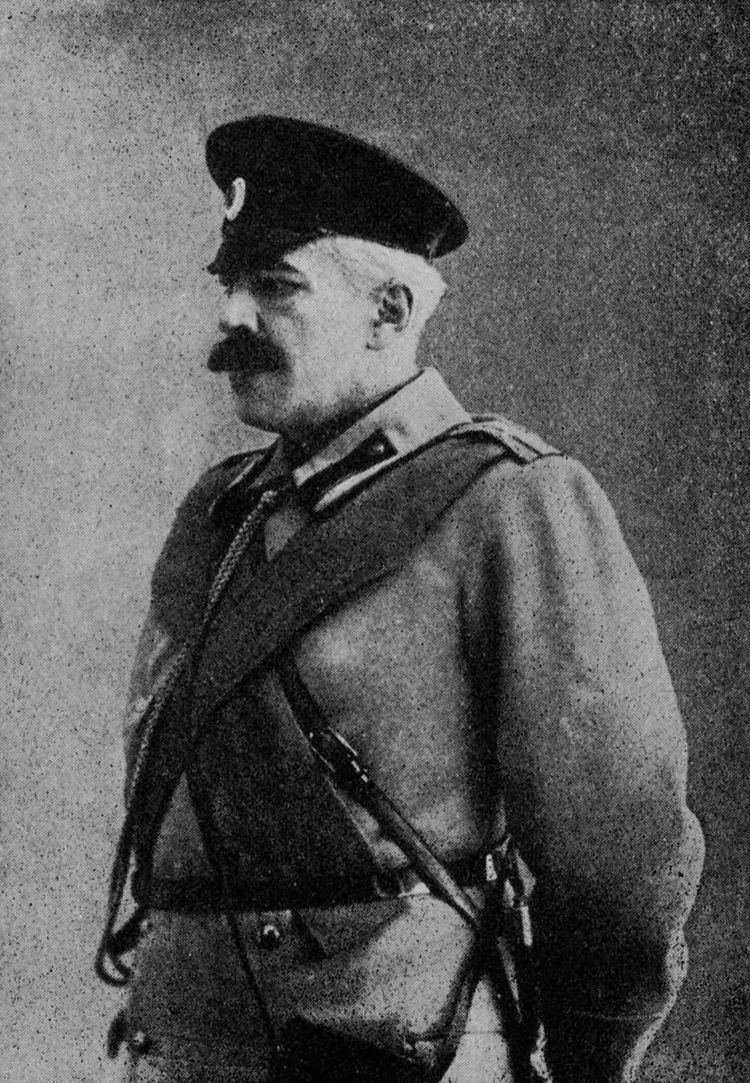 | ||
This article offers a chronological list of productions directed by Konstantin Stanislavski. It does not include theatrical productions in which Stanislavski only acted.
Contents
- Productions at the Society of Art and Literature
- Productions at the Moscow Art Theatre
- Opera Studio productions
- Posthumous productions completed by others
- References
Until he was thirty three, Stanislavski appeared only as an amateur onstage and as a director, as a result of his family's discouragement. When he was twenty five, he helped to establish a Society of Art and Literature, which aimed to unite amateur and professional actors and artists. His professional career began in 1896 when he co-founded the Moscow Art Theatre (MAT) with Vladimir Nemirovich-Danchenko. Later in his life, he created a series of studios whose aims were primarily pedagogical but which also presented public performances. This list of productions directed by Stanislavski includes amateur, professional, and studio productions.
When the sources disagree about the exact date of a production's première, that given in the most recent biography of Stanislavski—Jean Benedetti's Stanislavski: His Life and Art (1988, revised and expanded 1999)—is listed here, with the alternative date detailed in the footnotes. Prior to 14 February 1918, the Julian calendar was in use in Russia, after which the Gregorian calendar was introduced. The details of productions staged before that change are given in both Old Style and New Style dates.
